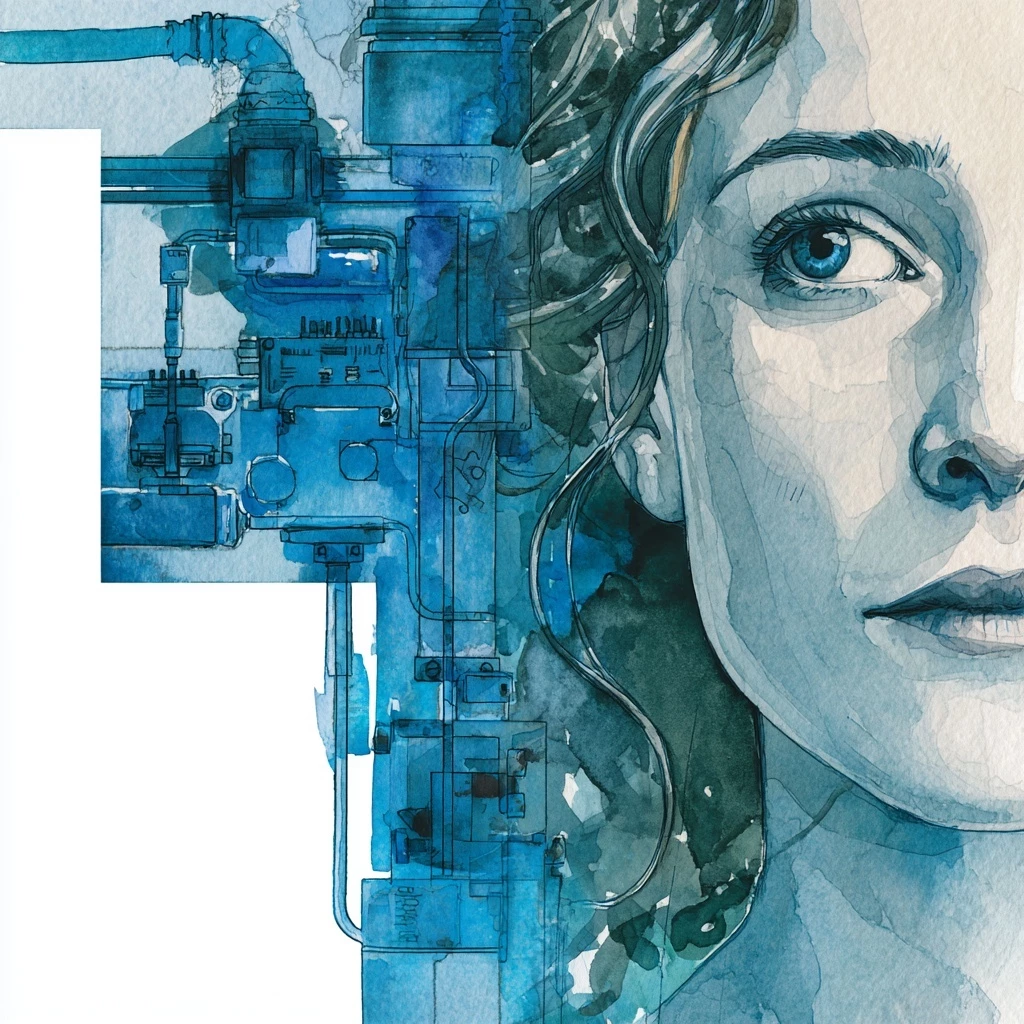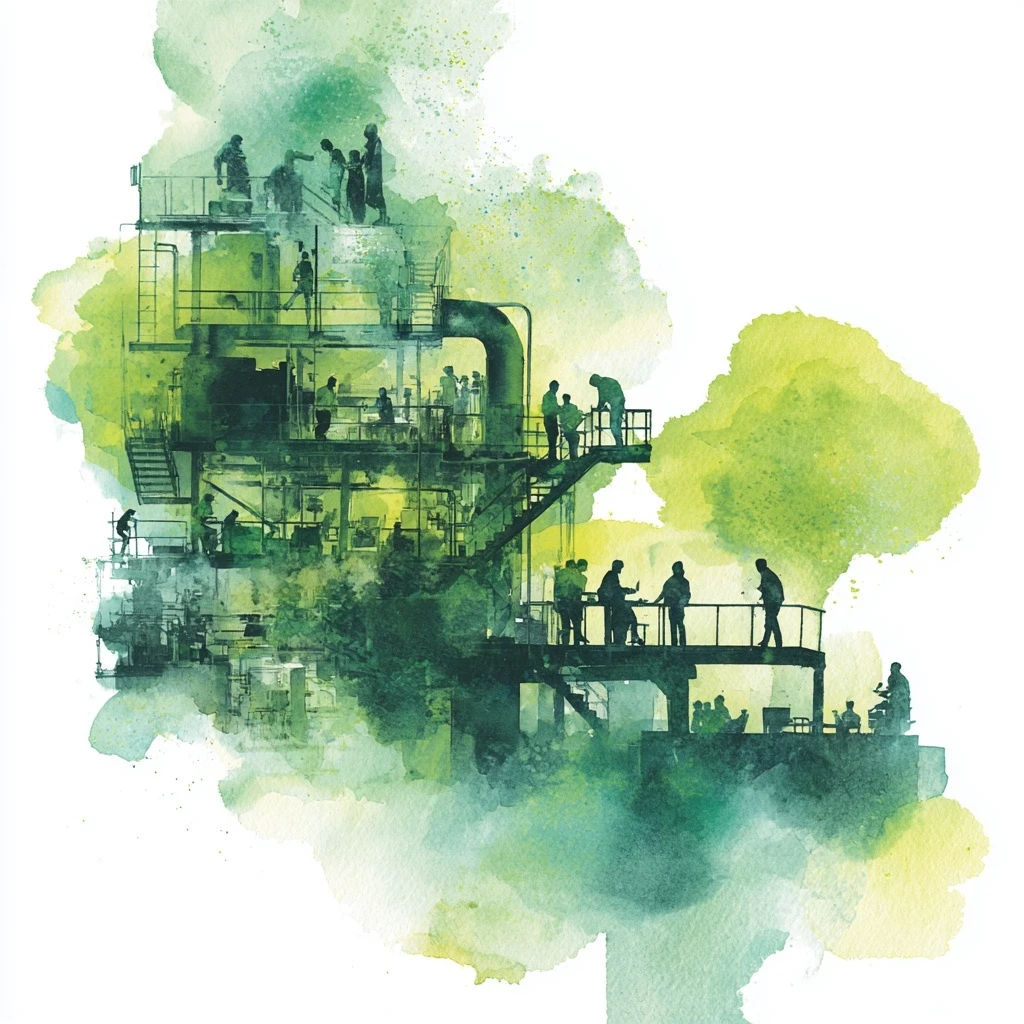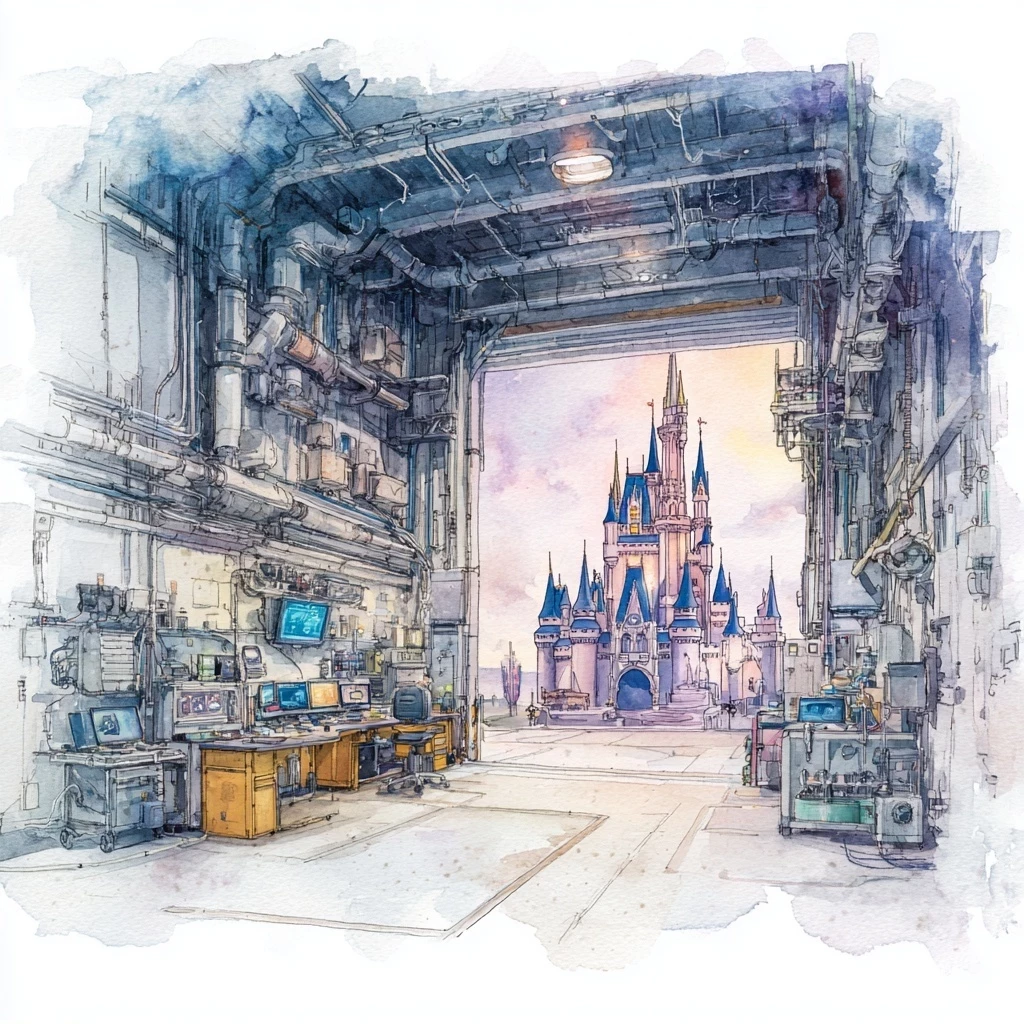A Brief Perspective on “Retrospective Process Automation”
Add bookmark
Start with Process Segmentation
We all have our own business challenges which result in a framework that meets that specific environment. There is no standard way to design a use case, therefore. Process segmentation is, however, a straightforward way of categorizing the dexterity of work per the consistency of data from the source, standardized data format, and actions expected on data (decision/judgment).

Business processes certainly touch end-users or customers, so always deal with customer data, queries and experience, respectively. These processes are very homogenous, standard and universal – perfect qualifiers for automation. Having said this, the true value extended here will be for the end-user, by sharing convenience and comfort.
Support processes are the ones that enable business processes to function. I know that IT should not be termed a support process anymore, but the underlying responsibility of IT is to complete every transaction. Hence this can be termed a support process that connects and spans end customer, employee, and provider.
Management processes come into play when intelligence is needed to make sense of heaps of data to connect the dots and gain unbiased facts, sense unspoken and unmapped trends, reshape service delivery ecosystems, and study the emotions of machines (infrastructure), markets (sales), and mind-set (value) that need intricate and elevated sets of capabilities (AI/ML/DS). [Note: The intelligence and complexity will creep in at every process segment in its exclusivity.]
Example: AI – IPA – Analytics can/will be needed at every process stage to address the process continuum – but it requires patience, skill, and a solid plan to infuse it into your ecosystem.
This can be a prudent and elementary approach to start evaluating and/or designing a strategy to realize value on a digital platform that holds all other capabilities (AI), tools (RPA), Science (Analytics), cloud (Technology) and systems.
All the above processes are an integral part of every service, product, and solution offering. Just the nature of the process changes, based on the industry or function. However all these processes coexist in the same organizational ecosystem. A digital transformation initiative is therefore an act where every evolving and transforming technological unit has a part to play – I call this Unified Digital Choreography.

There is an abundance of logic, experience, and road maps that need to be deployed for a positive outcome. The only real measure that claims victory is the actual benefit, which will extend over a period of time.

























